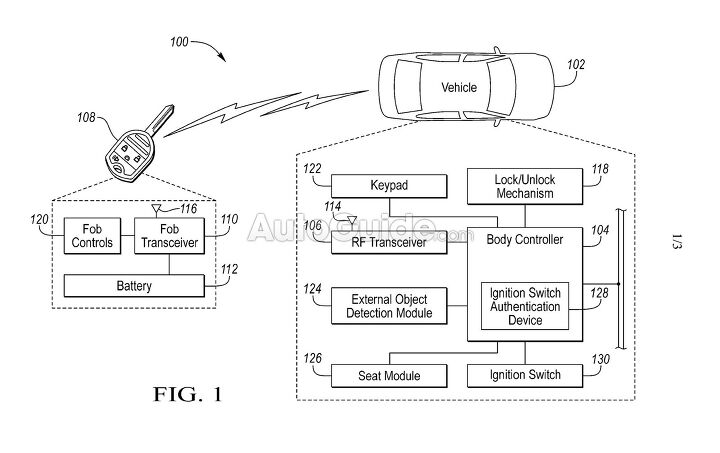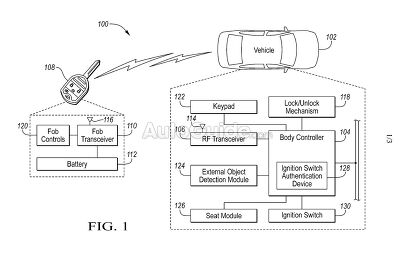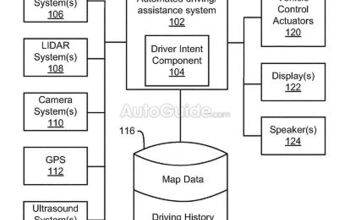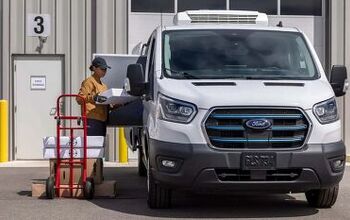Ford Patent Details Automatically Adjusting Rear Seats

Ford is working on a system that makes it easier for back-seaters to get into the second or third row of a vehicle.
The patent application was filed in the U.K. on September 15, 2016, published on April 12, 2017 and details “vehicle 2nd and 3rd row adjustment based on anthropometric characteristics of 2nd and 3rd row rear passenger.” The idea behind the system is to use existing technology to pre-configure the second- or third-row seats before the passenger gets into the vehicle. For example, the car could use an existing blind spot detection system to determine the body size of the passenger before they get into the vehicle, automatically adjusting the seats to accommodate them when the rear door handle is moved. The seats can also be adjusted with the press of a button on a key fob.
SEE ALSO: Ford Patents a New Airbag Meant to Make Vehicle Rollovers Safer
The system is capable of accounting for a passenger’s shape, including different leg and torso lengths and even foot size. The goal, of course, is to make the vehicle as comfortable as possible once the passenger steps in without having the inconvenience of manually adjusting the seat.
There’s also a passenger occupant detection system (PODS) or passenger seat weight detection system, likely similar to what’s used for airbags, to generate a compensated seat position adjustment based on passenger size estimations. So if an object such as a grocery bag, purse or briefcase is placed in a rear seat, a controller could determine that a compensated second-row seat position is not required.
“A vehicle includes a blind-spot detection system and a controller,” says the patent application. “The blind-spot detection system may be configured to output an alert in response to an object being detected alongside the vehicle while in motion, and to output data about an expected 3rd row passenger about to enter the vehicle. The controller may be configured to deploy a 3rd row seat and move a 2nd row seat to a riding position based on anthropometric characteristics of the passenger that are derived from the data.”
Discuss this story on our Ford Forum

Jason Siu began his career in automotive journalism in 2003 with Modified Magazine, a property previously held by VerticalScope. As the West Coast Editor, he played a pivotal role while also extending his expertise to Modified Luxury & Exotics and Modified Mustangs. Beyond his editorial work, Jason authored two notable Cartech books. His tenure at AutoGuide.com saw him immersed in the daily news cycle, yet his passion for hands-on evaluation led him to focus on testing and product reviews, offering well-rounded recommendations to AutoGuide readers. Currently, as the Content Director for VerticalScope, Jason spearheads the content strategy for an array of online publications, a role that has him at the helm of ensuring quality and consistency across the board.
More by Jason Siu


































Comments
Join the conversation